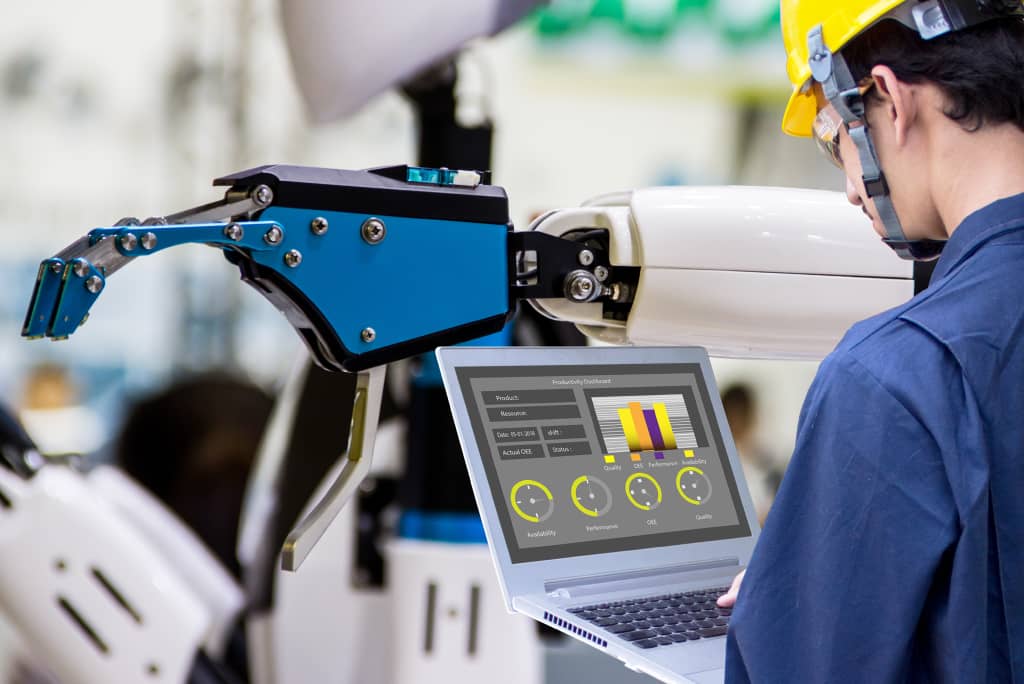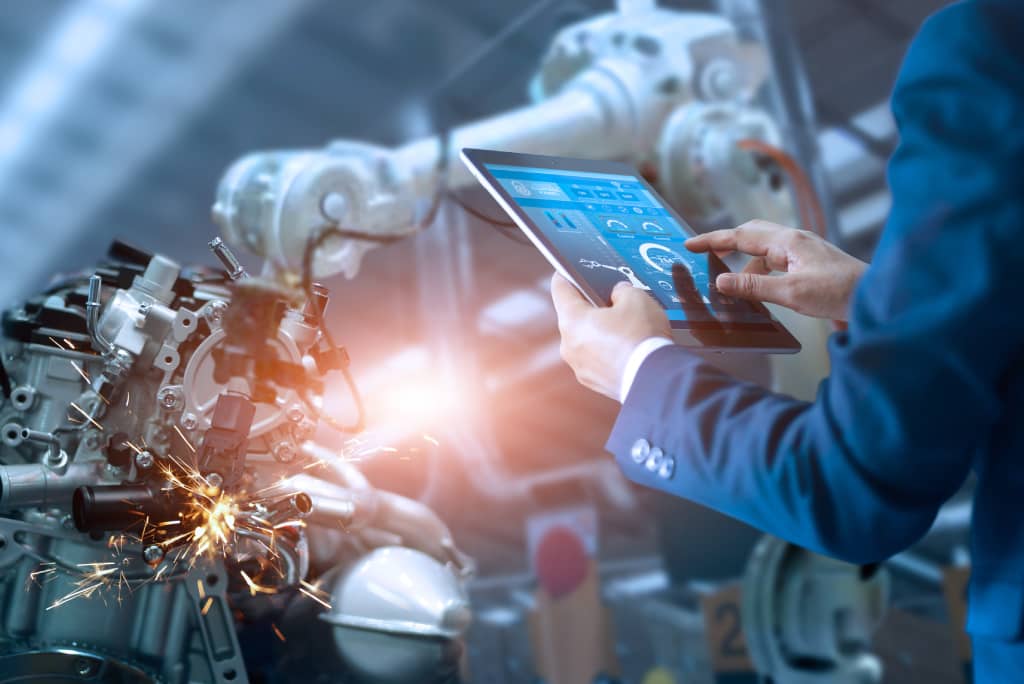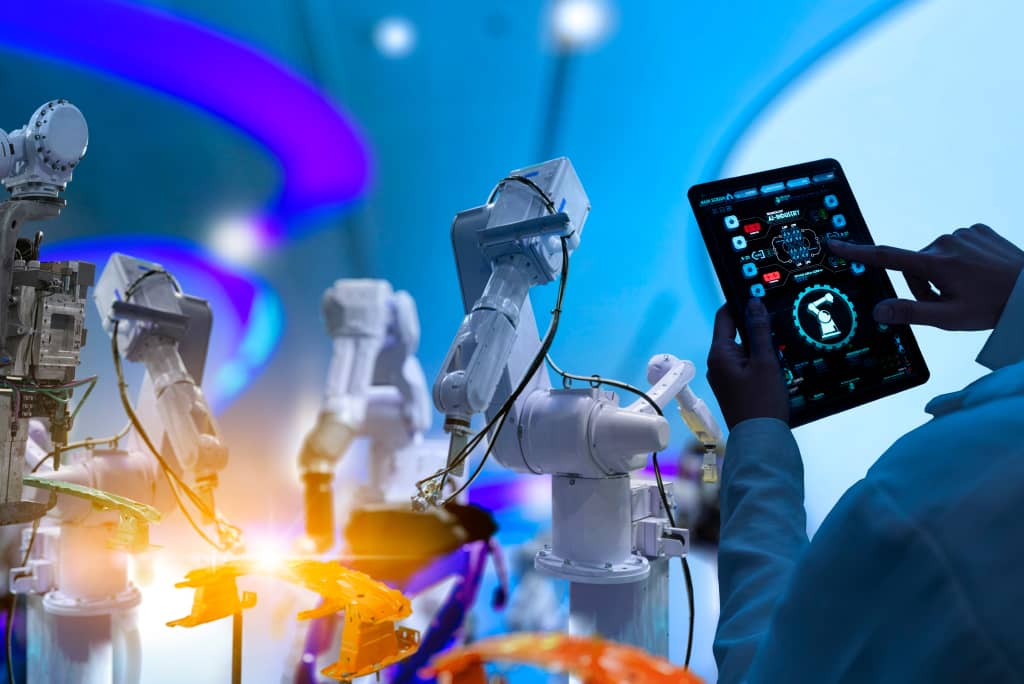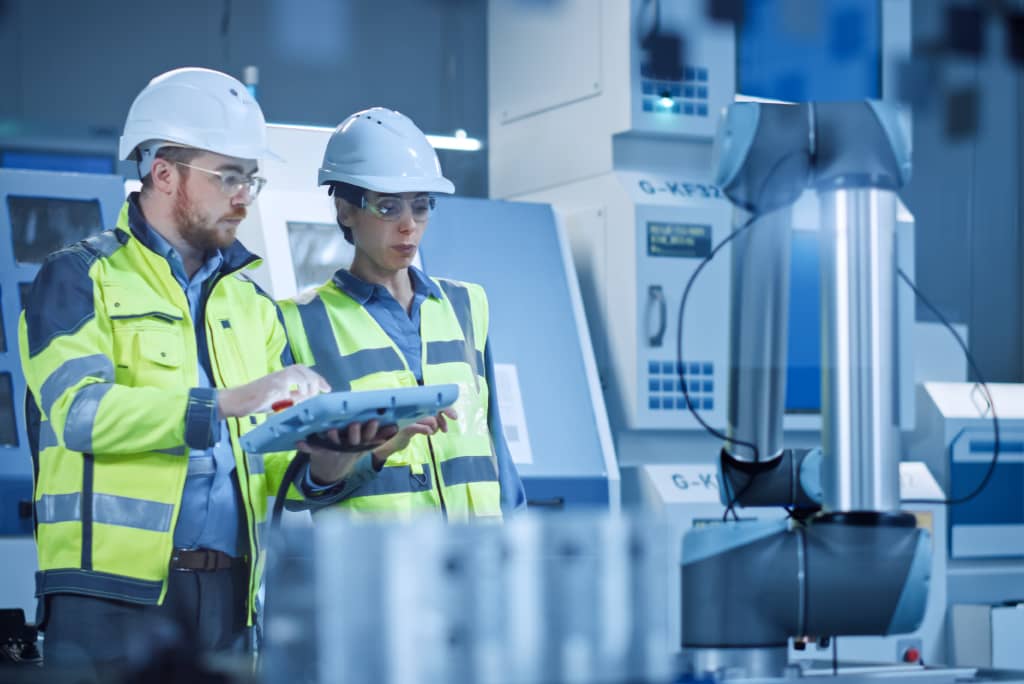RECENT POSTS
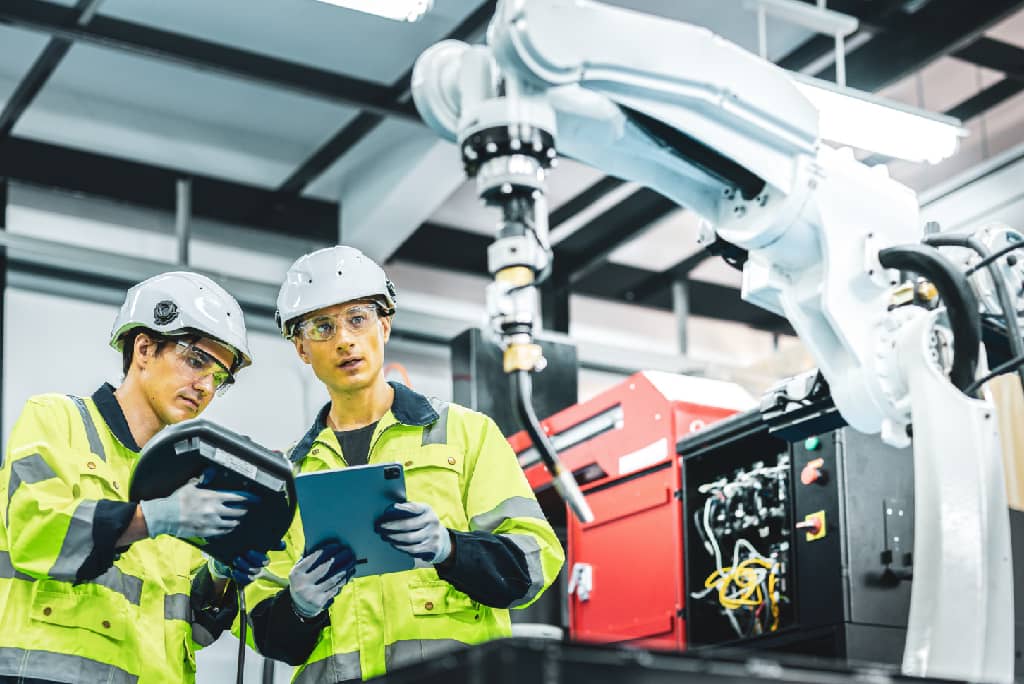
What Problems Does Control Engineering Solve?
Automation is growing at a rapid rate. Grand View Research forecasts 10.5% growth annually through 2030 as companies look to increase productivity and reduce labor costs. More automation and control systems are being deployed across multiple industries, including:
- Food and beverage
- Life sciences
- Manufacturing
- Heavy industry
- Household and personal care
- Entertainment
- Aerospace
- Water and wastewater
At the heart of automation are the control systems that drive them. To ensure things run smoothly, controls engineers design, analyze and optimize these control systems. These systems are often complex and require control engineering to overcome the inherent challenges.
Overcoming Challenges with Control Engineering
Designing and creating control models for various applications requires a high level of expertise. Design engineers are skilled at creating control systems to overcome various challenges.
System Stability
For any automation project, stability is essential. Control systems must be stable and avoid divergence or oscillation. Control engineering analyzes system dynamics to apply the right control mechanisms to provide consistent, stable operation.
Desired Trajectories
Most automation systems require movement along predetermined pathways to reach set points or multiple points. By analyzing system dynamics and controller requirements, controls engineers develop strategies to enable precise tracking of desired paths and create optimal control trajectories.
Disturbance Rejection
Automation must deliver consistent performance to be effective and reject unwanted disturbances. This requires controls engineers to employ feedback control to keep system outputs on target, overcoming any modeling inaccuracies, noisy data and unpredictable events. Control engineering employs adaptive and stochastic control methods to overcome uncertainty and disturbances.
Optimization and Efficiency
Automation design should optimize workflow and be efficient. Tuning controller parameters can provide productivity gains and reduce operational costs. Control engineering can help:
- Minimize energy consumption using model predictive control.
- Minimize machine vibration, temperature or other parameters to avoid defects.
- Reduce maintenance costs with a well-tuned control system.
- Implement adaptive techniques that self-adjust to wear or environmental changes
- Maximize production rates to maximize throughput and yield
Controls engineers can help make decisions about balance tradeoffs. In many organizations, there can be competing goals, such as speed vs. accuracy or quality vs. throughput. Control engineering factors in multi-objective controls to find the right balance.
Autonomy and Automation
Many control systems have to operate with minimal or no human intervention. This requires precise systems that can act autonomously with minimal guidance. Control engineering can design the algorithms, modeling tools and analysis for autonomous operation in complex environments.
Coordination and Synchronization
Effective automation often has to synchronize activities across multiple components, enabling components to work together to complete tasks. Controls engineers break down each step, analyze interdependencies and construct control systems to work harmoniously, applying such techniques as:
- Modeling interactives for each sub-system to analyze influences.
- Orchestrating timing to schedule diverse activities.
- Managing resource sharing between sub-systems.
- Using distributed, decentralized and centralized control schemes.
- Coordinating fault detection to rebalance system workloads.
Coordination requires a holistic approach to managing individual components and how they work together to create a seamless process. Controls engineers also have to account for any discrepancies or failures that occur within one sub-system and its impact on other sub-systems.
Safety and Constraints
It is a given the systems need to operate safely. In many applications, however, there are specific physical and operational constraints that must be analyzed to ensure safe operation. Control engineering must account for variables that can impact safety, including temperature and pressure variations, collision avoidance and human-machine interaction.
This requires a thorough safety risk assessment to develop rigid validation and verification processes and implement automated warning, alert and shutdown controls when hazardous conditions are detected. In addition, this typically includes redundant programming logic controllers (PLCs) to ensure high reliability and fault tolerance.
Cybersecurity
The World Economic Forum reports that nearly half of all critical infrastructure is at risk of a cybersecurity incident, especially in the manufacturing sector.
As automation becomes more connected with networks and integrates IoT sensors, controls engineers must also mitigate cybersecurity concerns. Threat actors that can gain access to systems can cause significant damage by disrupting operations or accessing connected networks to exfiltrate data.
Control engineering might include authentication and verification of commands to prevent unauthorized access, anomaly detection to monitor for cyber intrusions, and resilient controls to maintain safety and stability in light of compromised components. Engineers must also apply standards for control systems for critical infrastructure, like manufacturing and healthcare. In some cases, this may also require compliance and reporting.
Control Engineering Experience
You need experienced, high-quality controls engineers to optimize processes, enhance quality, mitigate risks and provide the operational insights you need to improve performance. Pacific Blue Engineering is a trusted control system integrator, specializing in tailored automation solutions for industrial manufacturing, entertainment and transportation sectors. We design and build custom panels, create turnkey control system integration, and modernize legacy systems.
Contact the expert team at Pacific Blue Engineering today to request a consultation.
similar posts
Certifications
Contact Us
Telephone:
Corporate Office “The Shop”
Pacific Blue Engineering, LLC
2880 Orange Ave
Long Beach, CA 90755
© All contents copyright © 2023 by Pacific Blue Engineering


